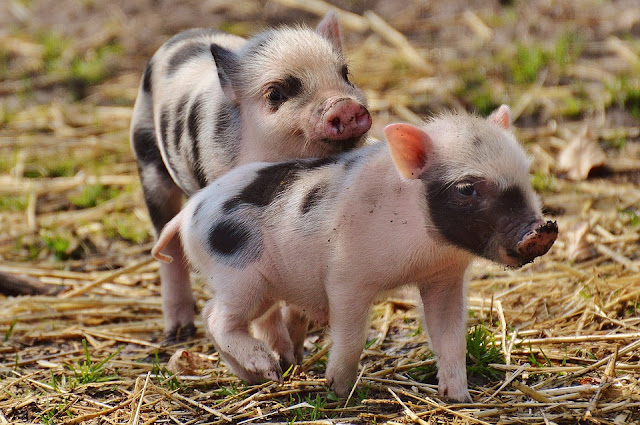Most individuals have an idea just what type of pet they want; however, the maintenance of a pet can cause some concern. Knowing how to choose the correct pet for you may be easy. You may have had several pets as a child and know you need a companion for your own home or you may have always wanted a pet but been told you could not have one. Whatever the case you may need to take into consideration some key points to pet care when deciding what pet is right for you.
First some pets take more care than others. Dogs are very needy animals. They are very sensitive towards their owners. I am sure most of you have heard of dogs tearing up a house when left along all day. Dogs can get bored even when they have other dog companions and toys. They need the human interaction. Most dog owners take their dogs out for a walk before work and after work for the exercise and play time. Other owners who work outside will often let their dogs come to work with them to keep them out of trouble. Cats on the other hand can amuse themselves and as long as you put your valuables on a shelf, they cannot reach and keep a clean house they will sleep, look out windows, and play with toys while you are away. Fish are another type of pet that is typically low maintenance except for cleaning the fish tank.
Pet care is very important when you own a pet. They need attention from their owners, positive reinforcement, training, and love. Fish are usually excluded from this statement, as they just need food, proper tank maintenance, and a few plants to sustain life, however the point is proper pet care is required when you own any pet. The decision will be yours to make in choosing what the right pet is for you. Above I mentioned three types of pets and little about their care, now I am going to look at it a little more.
While dogs are high maintenance and require the most training they are also one of the best pets to own. They can alert you to danger, alert you to someone at the door, and give unconditional love back. A dog only asks in return for proper care and a great deal of attention. If you cannot be home all the time, you will want to make sure the dog has a roof over their heads in case of inclement weather, and a huge yard to play in. Some dogs can jump fences so it may be best to have a dog run in the yard so they can move about, but not escape.
Cats on the other hand can be high or low maintenance depending on breed as well as personality. Some cats require hours of people attention while others shirk attention. Some cats belong to a one pet household. They do not like to share their owner’s affections and will become upset if not mean towards the infiltrator. Others need the playmate’s attention to live happily. It will be hard to determine just which type of cat you own when you first buy them as kittens as their personalities are just developing.
Pet care is the most important factor when you are deciding which pet is right for you and your home. You will want to consider all the pet care needs of the animals you are looking at as well as the breed you are looking at to determine if they will have a happy place in your home.











